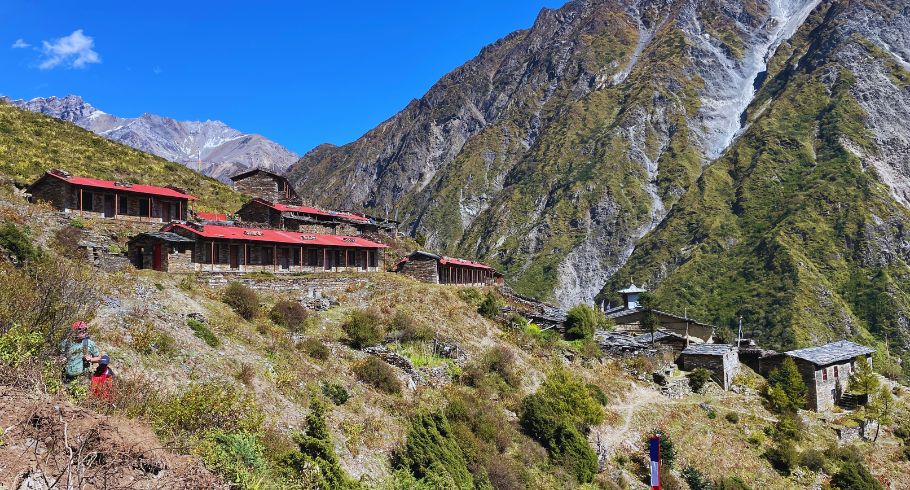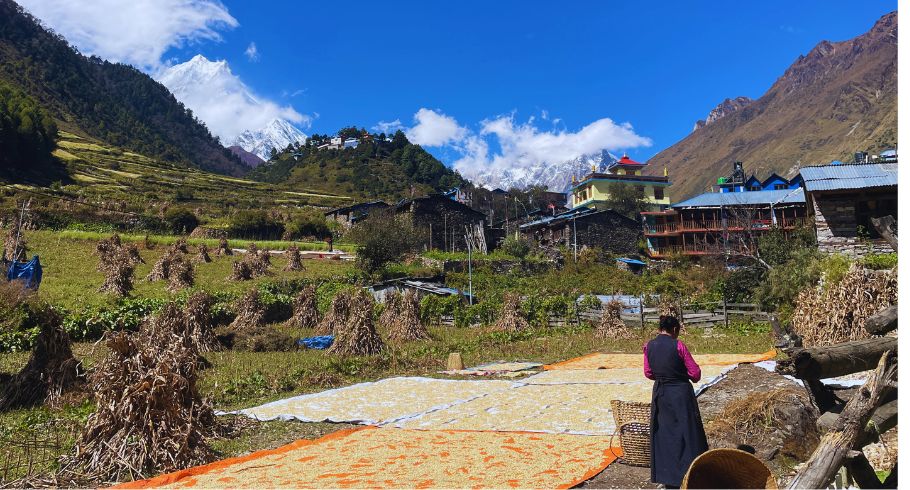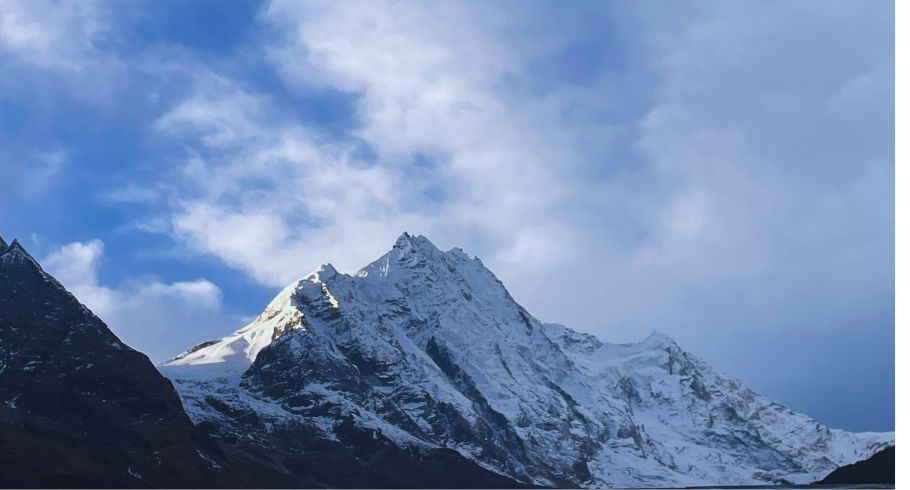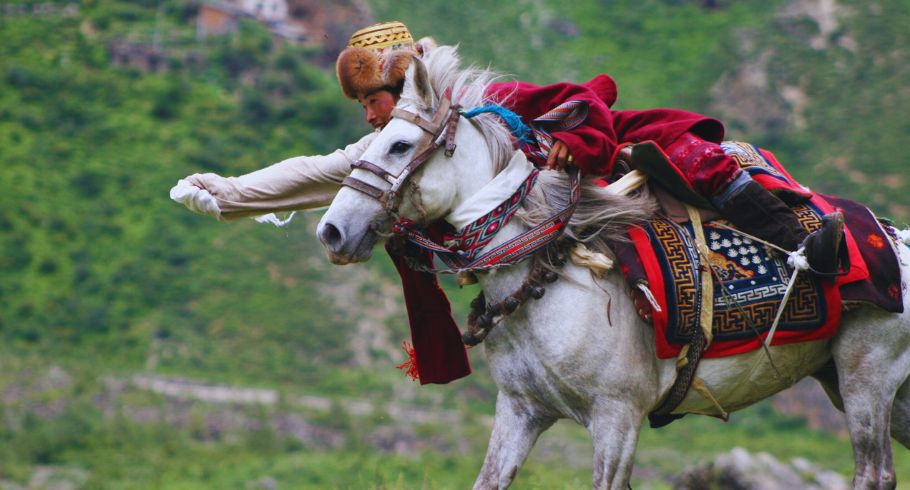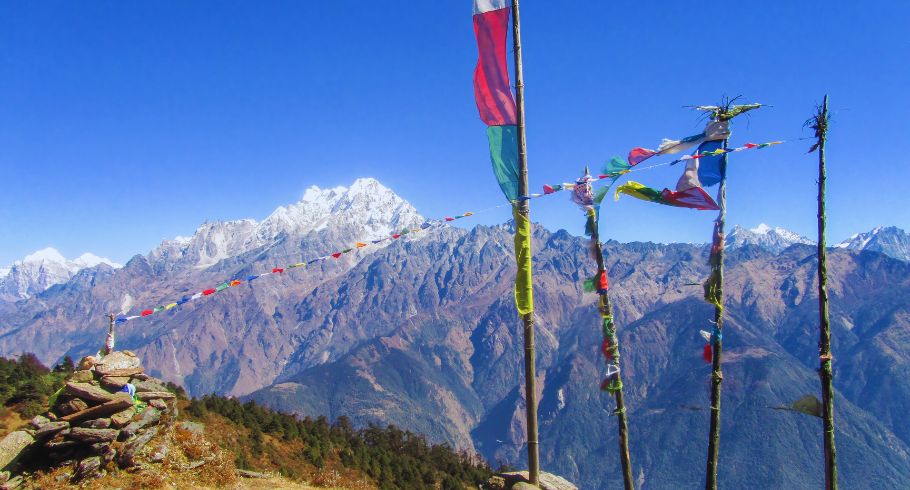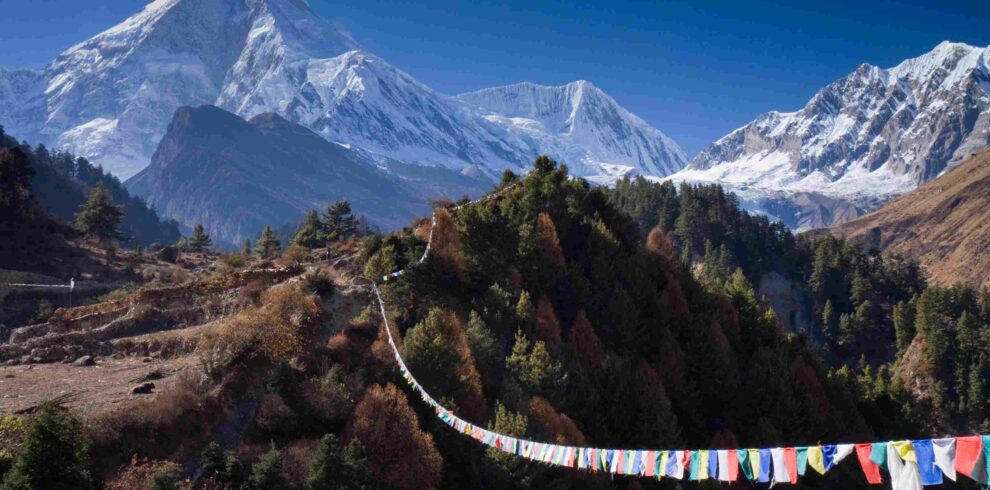Overview
The Manaslu Tsum Valley Trek is a spectacular route that combines the rugged beauty of Nepal’s landscapes with the spiritual richness of Tibetan Buddhist culture. This trek takes travelers through some of the Himalayas’ most remote and pristine regions, offering a unique experience that contrasts with the busier trails of the Everest and Annapurna regions. Nestled within the Manaslu Conservation Area, Tsum Valley is a hidden gem known for its serene monasteries, traditional Tibetan villages, and scenic landscapes. Together, the Manaslu Circuit and Tsum Valley offer an experience that blends natural beauty and cultural heritage, making this trek a top choice for adventurers seeking solitude and authenticity.
Key Highlights of the Trek
The Manaslu Tsum Valley Trek brings together multiple unforgettable elements:
- Cultural Immersion in Tsum Valley: Tsum Valley, often called the “Hidden Valley,” holds unique cultural significance in Nepal. Isolated from mainstream tourism until recent years, Tsum Valley retains a distinctly Tibetan Buddhist heritage. The locals, known as “Tsumbas,” maintain their age-old customs, making the valley feel like a living museum. The valley is dotted with monasteries like Mu Gompa and Rachen Gompa, chortens, and prayer flags that represent centuries of tradition.
- Breathtaking Himalayan Scenery: From the verdant lowlands and deep river gorges to towering Himalayan peaks, the trek boasts diverse landscapes. Trekkers are rewarded with stunning views of Manaslu (8,163 m), the world’s eighth-highest mountain, along with the Ganesh Himal and Sringi Himal ranges. The Larkya La Pass, one of the highest points of the trek, offers panoramic views that make the challenging ascent worthwhile.
- A Less Traveled Path: Unlike the popular Everest and Annapurna circuits, the Manaslu Tsum Valley Trek remains relatively untouched by mass tourism. Its remote location, combined with the need for special permits, ensures that this trek is quieter and more secluded. This solitude allows trekkers to connect deeply with nature and experience an unfiltered glimpse into local life.
- Ecological Diversity: The trek takes you through the Manaslu Conservation Area, a biodiversity hotspot home to rare flora and fauna. You may encounter blue sheep, Himalayan Thar, and even elusive snow leopards in higher elevations. Lush forests of pine, rhododendron, and bamboo provide stunning scenery and seasonal color as the trek progresses.
Overview of the Route
The Manaslu Tsum Valley Trek typically spans between 18 to 21 days, covering roughly 177 kilometers. The trek combines the circuit around Manaslu with an extended route into the Tsum Valley, adding a layer of cultural immersion to the adventure. The journey begins in Soti Khola and follows the Budhi Gandaki River, winding through forests, terraced fields, and remote mountain villages. The trail is demanding but manageable, with an average altitude gain that allows trekkers to acclimatize gradually before reaching the higher passes.
Permits and Trekking Regulations
The Manaslu Tsum Valley Trek requires several permits due to its location within a restricted area. Mountmandu can assist in acquiring all necessary permits, including:
- Manaslu Conservation Area Permit (MCAP)
- Annapurna Conservation Area Permit (ACAP) – Required for the lower parts of the Manaslu Circuit.
- Restricted Area Permits for both Tsum Valley and the Manaslu region. These permits are issued only to trekkers traveling with registered agencies, and at least two trekkers must be accompanied by a licensed guide.
Best Time to Trek
The best time to embark on the Manaslu Tsum Valley Trek is during spring (March-May) and autumn (September-November). Spring brings rhododendron blooms and pleasant temperatures, while autumn offers clear skies and crisp mountain views. Winters can be extremely cold and snowbound at higher elevations, while summer (monsoon season) brings rain, making the trails muddy and challenging.
Preparation and Physical Fitness
The Manaslu Tsum Valley Trek is classified as a moderate to challenging trek. A good level of physical fitness and prior trekking experience are recommended, especially given the rugged terrain and altitude. Trekkers should prepare by building up their cardiovascular endurance, strength, and stamina. Pre-trek acclimatization hikes and short-term altitude exposure training can be highly beneficial.
Manaslu Tsum Valley Trek Outline Itinerary:
Day 1: Drive from Kathmandu (1,400 m) to Machakhola (930 m), 8-9 hours, 141 km.
Day 2: Trek Machakhola to Jagat (1,340 m), 6-7 hours, 22 km.
Day 3: Trek Jagat to Lokpa (2,040 m), 6-7 hours, 16 km.
Day 4: Trek Lokpa to Chumling (2,386 m), 5-6 hours, 11 km.
Day 5: Trek Chumling to Chekamparo (3,031 m), 6-7 hours, 14 km.
Day 6: Trek Chekamparo to Lama Gaon (3,020 m), 5-6 hours, 10 km.
Day 7: Rest and acclimatization day.
Day 8: Trek Lama Gaon to Chule (3,347 m), 5-6 hours, 8 km.
Day 9: Visit Mu Gompa (3,700 m) and nunnery; trek to Lama Gaon, 4-5 hours, 10 km.
Day 10: Trek Lama Gaon to Rimchet (2,485 m), 6-7 hours, 12 km.
Day 11: Trek Rimchet to Lokpa (2,040 m), 5-6 hours, 8 km.
Day 12: Trek Lokpa to Deng (1,860 m), 6-7 hours, 15 km.
Day 13: Trek Deng to Namrung (2,630 m), 6-7 hours, 19 km.
Day 14: Trek Namrung to Shyala (3,520 m), 5-6 hours, 16 km.
Day 15: Hike to Pungen Monastery; trek to Sama (3,530 m), 6-7 hours, 14 km.
Day 16: Trek Sama to Samdo via Birendra Lake (3,875 m), 4-5 hours, 8 km.
Day 17: Trek Samdo to Dharmasala (4,460 m), 4-5 hours, 7 km.
Day 18: Trek Dharmasala to Bhimtang via Larkya La Pass (5,106 m), 8-9 hours, 24 km.
Day 19: Trek Bhimtang to Dharapani (1,860 m), 6-7 hours, 23 km.
Day 20: Drive Dharapani to Kathmandu (1,400 m), 8-9 hours, 230 km.

